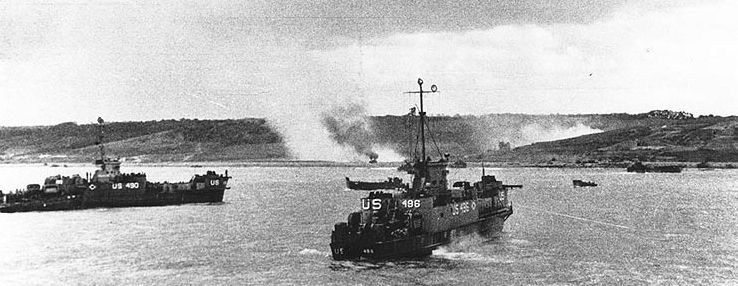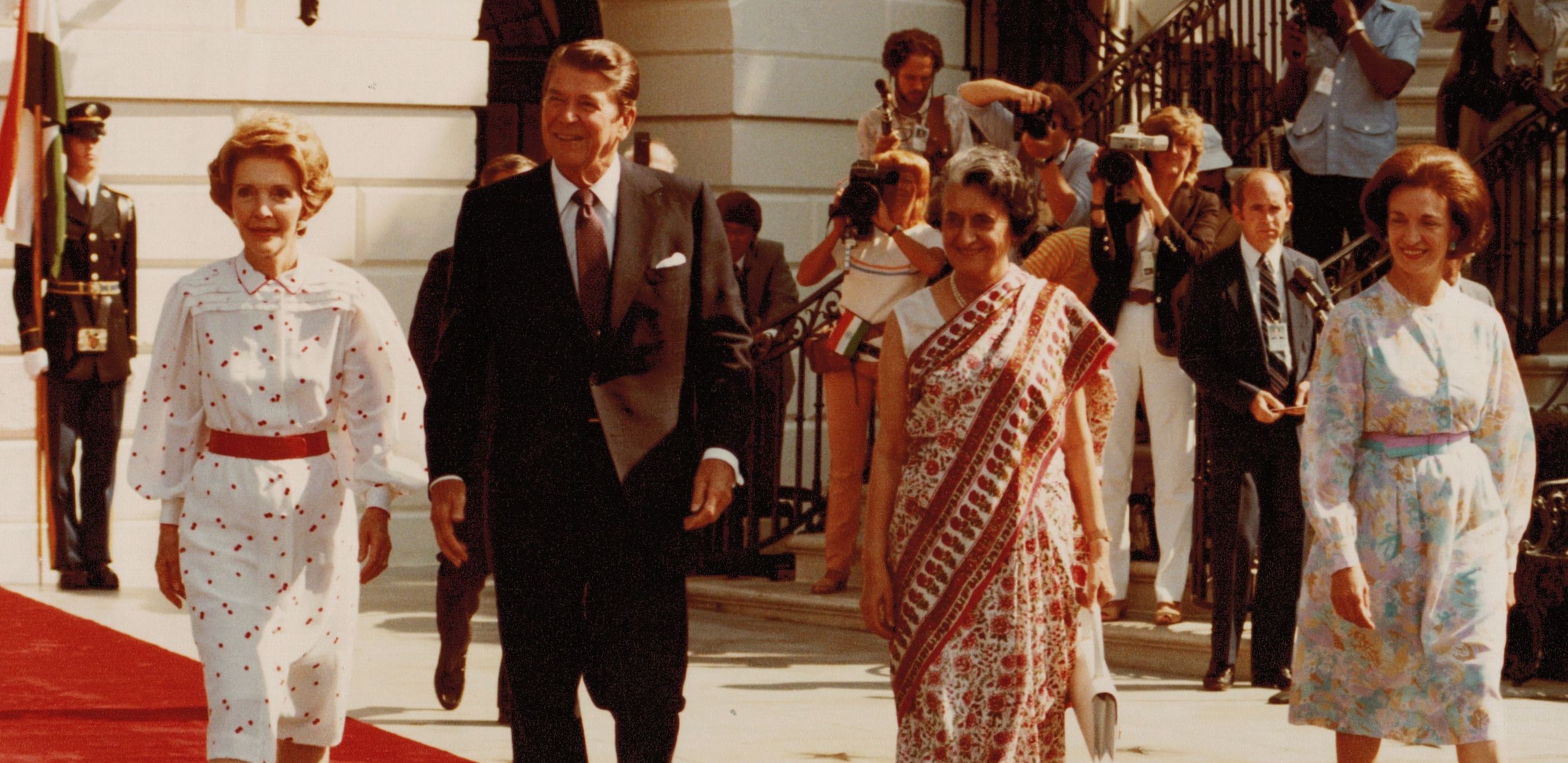While the Civil War raged on battlefields in the East, two armies fought a very different kind of war in the West. The men working for two corporations that were said to be the wealthiest in America struggled to see who could finish a greater part of the transcontinental railroad before the two lines met. The Central Pacific raced to build the line from Sacramento over the high passes of the Sierra Nevada, while the Union Pacific steamed across the western plains from the Missouri River.
Several of our greatest historians have told of this epic struggle in the pages of American Heritage. You might want to check out these great essays:
The Iron Spine, by Henry Sturgis. April 1969.
The Union Pacific met the Central Pacific at Promontory—and the nation had truly been railroaded
The Big Road, by Stephen E. Ambrose. October 2000.
Building the transcontinental railroad was the greatest engineering feat of the nineteenth century. Was it also the biggest swindle?


